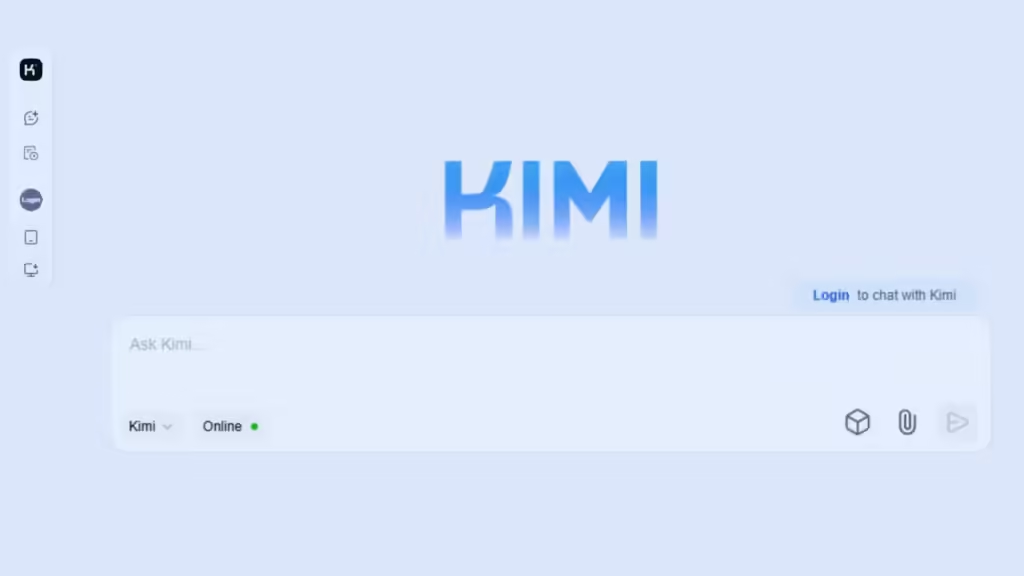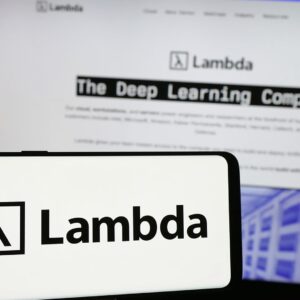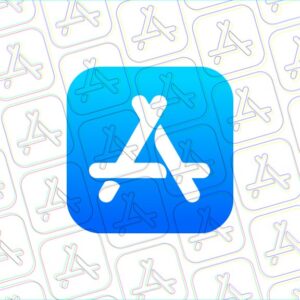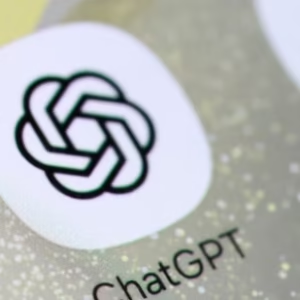The world of artificial intelligence just got a lot more exciting with the release of Kimi k1.5, a next-level model developed by Moonshot AI, a Chinese startup founded in 2023. This isn’t your typical AI—Kimi k1.5 is designed to compete with big names like OpenAI’s o1, GPT-4o, and Anthropic’s Claude 3.5 Sonnet. What makes it stand out? It’s a multimodal large language model (LLM) that can handle text, images, and code, all while delivering top-notch reasoning skills. Oh, and it’s completely free to use with no limits—pretty cool, right?

How Kimi k1.5 Was Built
Kimi k1.5 didn’t just appear out of nowhere. Moonshot AI put it through a smart, multi-step training process. First, they preloaded it with a massive mix of data—think text from English, Chinese, coding, math, and general knowledge, plus images for things like captions and diagrams. Then came supervised fine-tuning, where the model got polished with specific examples to sharpen its skills. The real magic, though, happens with reinforcement learning (RL). This technique lets Kimi learn by trial and error, improving itself based on rewards, kind of like how we learn from experience.
A Super-Long Memory: 128k Tokens
One of Kimi k1.5’s biggest strengths is its ability to handle huge amounts of information at once—up to 128,000 tokens, to be exact. In simple terms, that’s like giving it a super-long memory. Whether it’s summarizing a giant research paper, keeping track of a long conversation, or tackling a complex coding project, Kimi can keep everything straight without losing the plot. This makes it perfect for tasks that need deep focus and context, something many older AI models struggle with.
Two Flavors: Long and Short Reasoning
Kimi k1.5 comes in two versions to suit different needs. The “long-CoT” (Chain of Thought) version is great for detailed, step-by-step problem-solving—like working through a tricky math equation or debugging code. Then there’s the “short-CoT” version, which gives quick, spot-on answers without all the extra steps. Both are impressive, but the short one really shines, beating out models like GPT-4o by huge margins (up to 550% better on some tests). It’s like having a genius friend who can explain things slowly or just give you the answer fast—your pick!
Crushing It on Benchmarks
Speaking of performance, Kimi k1.5 is flexing some serious muscle on standard AI tests. In math, it scored 96.2% on the MATH-500 benchmark and a solid 77.5% on AIME, a tough math competition for humans. In coding, it hit the 94th percentile on Codeforces, a platform for coding challenges. It even does great with vision tasks, like understanding diagrams, scoring 74.9% on MathVista. These numbers put it neck-and-neck with OpenAI’s o1 and ahead of GPT-4o and Claude 3.5 in many areas—pretty impressive for a newcomer.
Multimodal Magic: Text, Images, and More
What sets Kimi k1.5 apart from some rivals, like DeepSeek-R1, is its multimodal power. It doesn’t just read text—it can analyze images too. Need it to solve a geometry problem with a diagram? Done. Want it to explain a chart or debug code while looking at a screenshot? It’s got you covered. This ability to blend text and visuals makes it super versatile, opening doors for all kinds of real-world uses, from education to software development.
Why Reinforcement Learning Matters
The secret sauce behind Kimi k1.5’s smarts is reinforcement learning. Unlike traditional AI that just learns from a fixed dataset, RL lets Kimi explore, make decisions, and tweak its approach based on what works. Think of it like training a dog with treats—it keeps trying until it gets it right. This method helps Kimi tackle complex problems better, whether it’s breaking them into small steps or finding shortcuts, all while staying efficient and avoiding unnecessary fluff.
Free and Open for Everyone
Here’s the best part: Kimi k1.5 is free to use, with no caps on how much you can play with it. You can access it online at Kimi.ai, where it even does real-time web searches across over 100 sites and can process up to 50 files (think PDFs, docs, or images) at once. Plus, it’s open-source, so developers and researchers can dig into its code and build on it. This openness is a big deal—it’s like handing out a powerful tool to the world and saying, “Go make something awesome.”
What’s Next for Kimi k1.5?
Kimi k1.5 is already turning heads, but its story is just beginning. With its strong performance, free access, and open-source nature, it’s poised to shake up the AI scene. Could it power new apps, help students ace tough subjects, or even assist coders in building the next big thing? The possibilities are wide open. As Chinese AI labs like Moonshot keep pushing the boundaries, the global AI race is heating up—and Kimi k1.5 is proof they’re not messing around.
Reference Articles
- Kimi k1.5: Scaling Reinforcement Learning with LLMs – Technical report on Kimi k1.5’s development.
- Kimi k1.5: The Chinese AI That’s Giving OpenAI a Sprint for Its Money – Overview of Kimi’s capabilities.
- After DeepSeek, Kimi k1.5 Outshines OpenAI o1 – Comparison with other models.
- Kimi k1.5: A Next Generation Multi-Modal LLM – Details on multimodal features.









